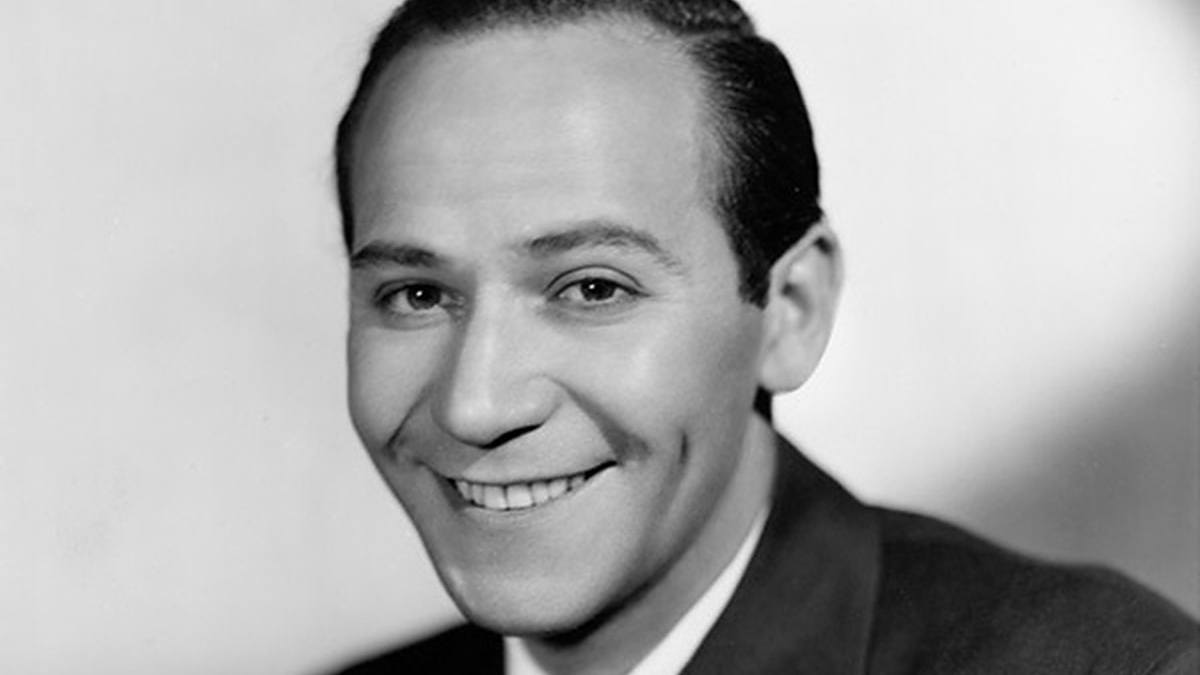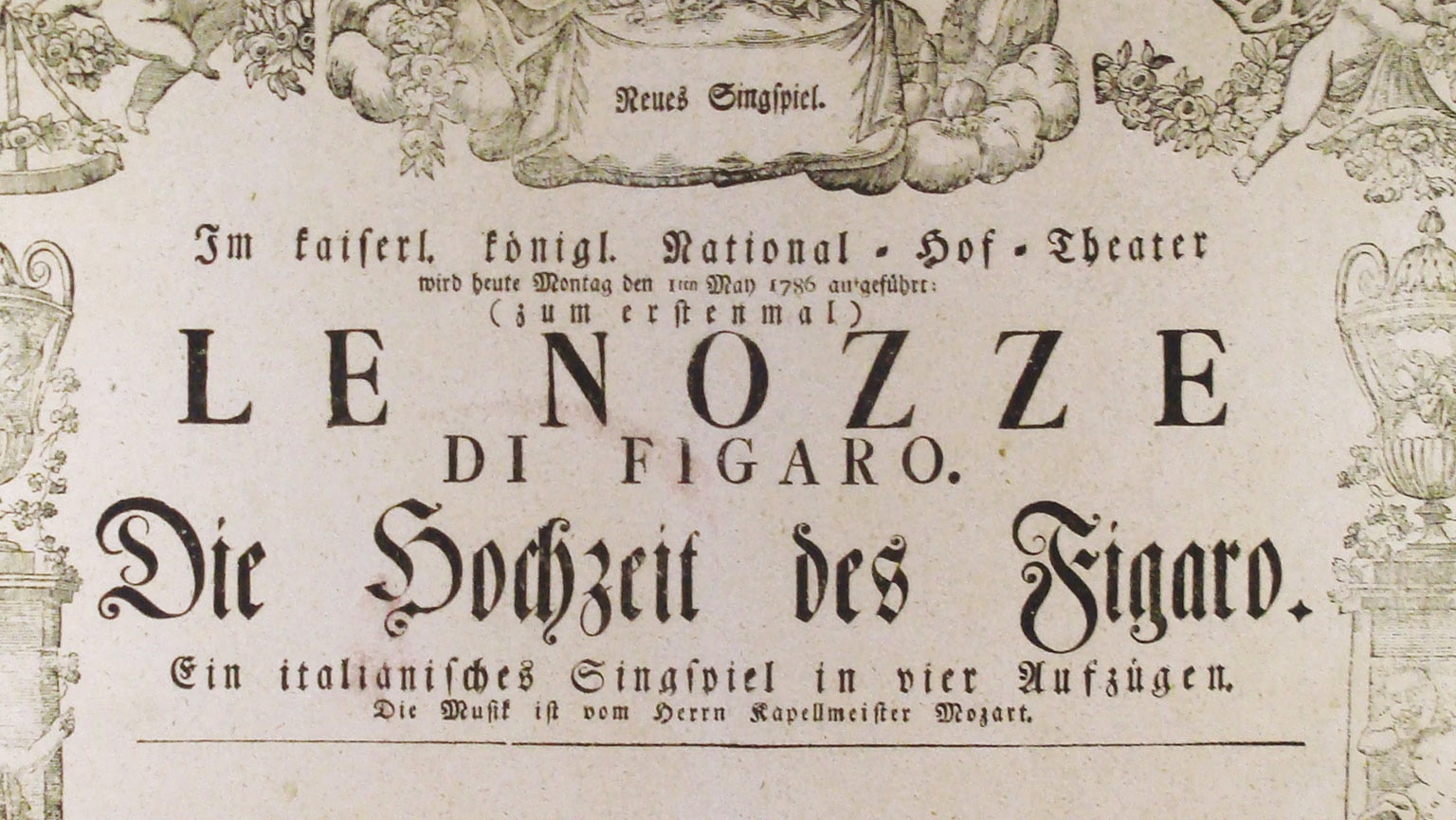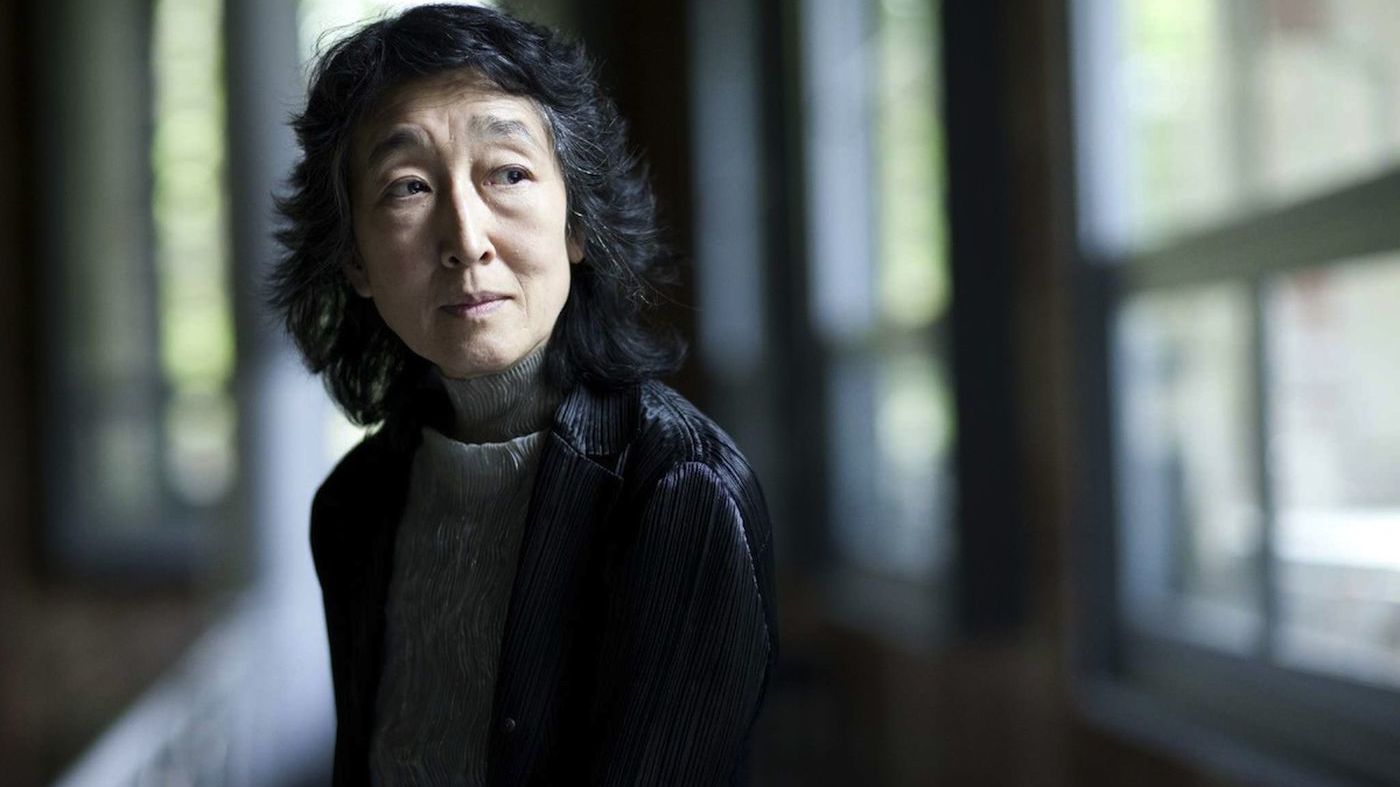Frank Loesser at 110
Today marks the 110th anniversary of the birth of Frank Loesser (1910-1969), the American songwriter who wrote music and lyrics for such legendary Broadway musicals as Guys and Dolls, The Most Happy Fella, and How to Succeed in Business Without Really Trying. Loesser’s hit songs include Baby, It’s Cold Outside (1944), Luck Be a Lady (1950), Sit Down, You’re Rockin’ the Boat (1950), Standing on the Corner (1956), and The Brotherhood of Man (1961). In terms of the integrated musical, Guys …







